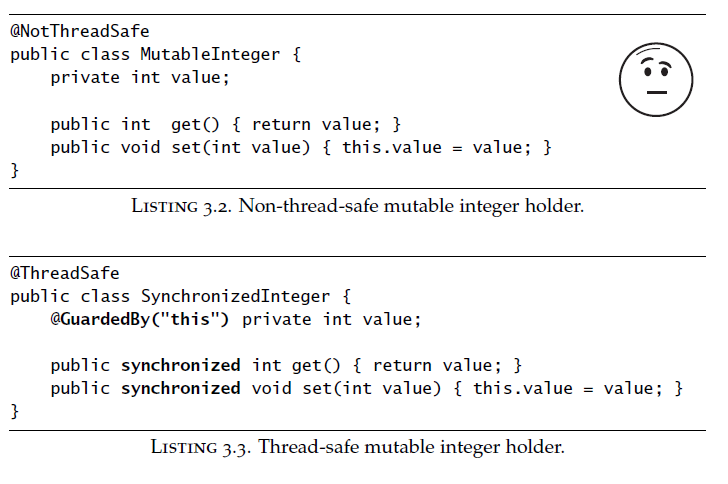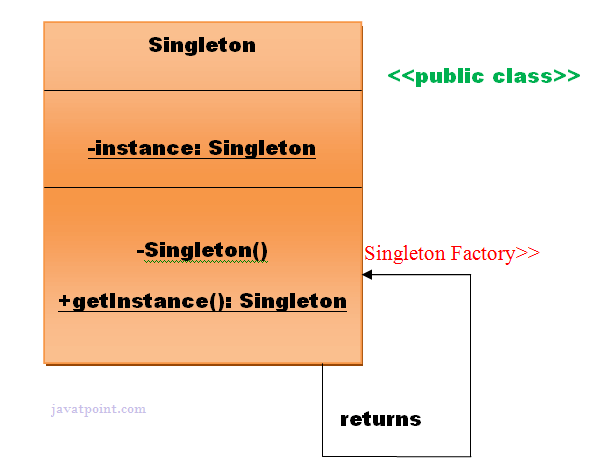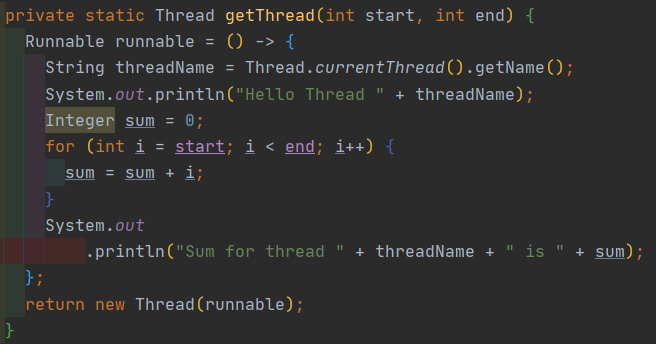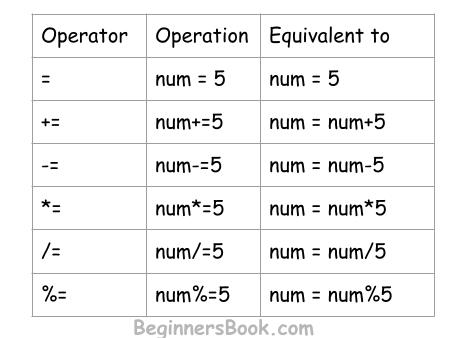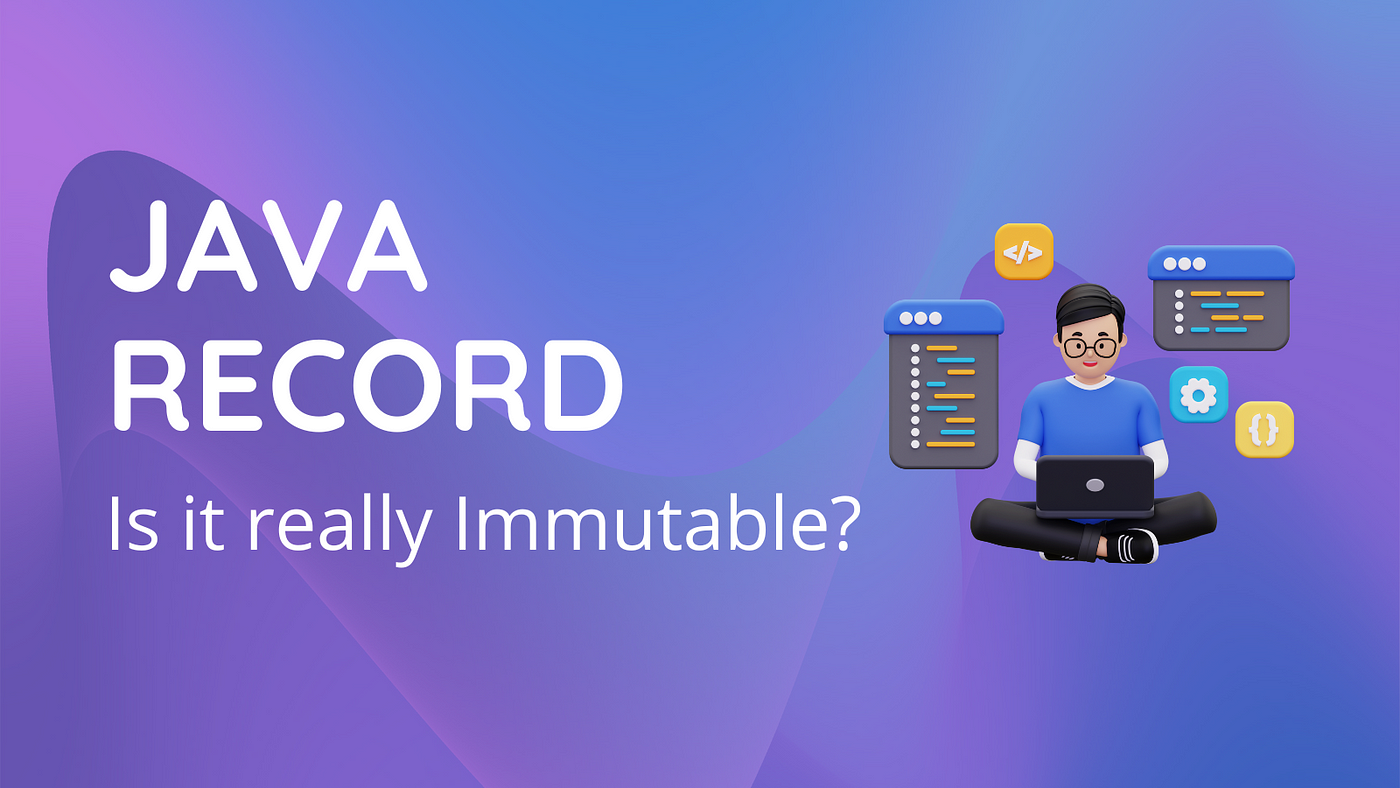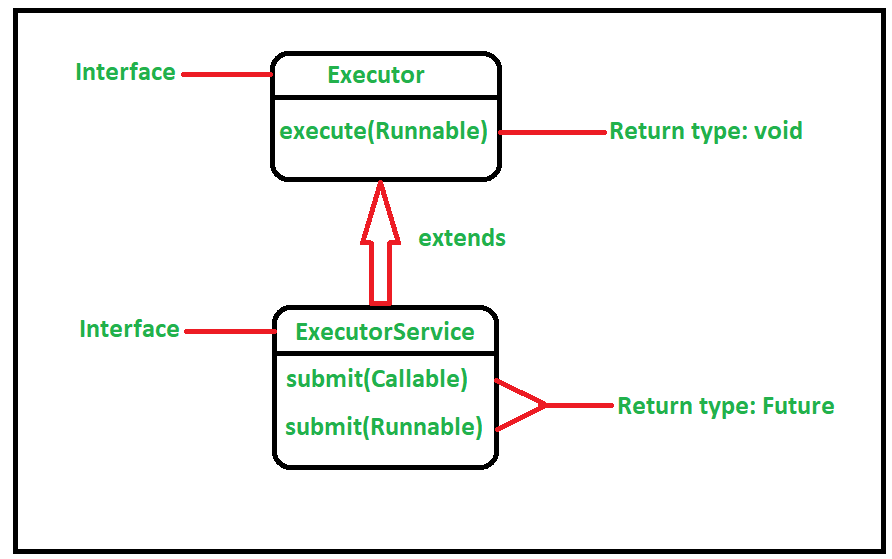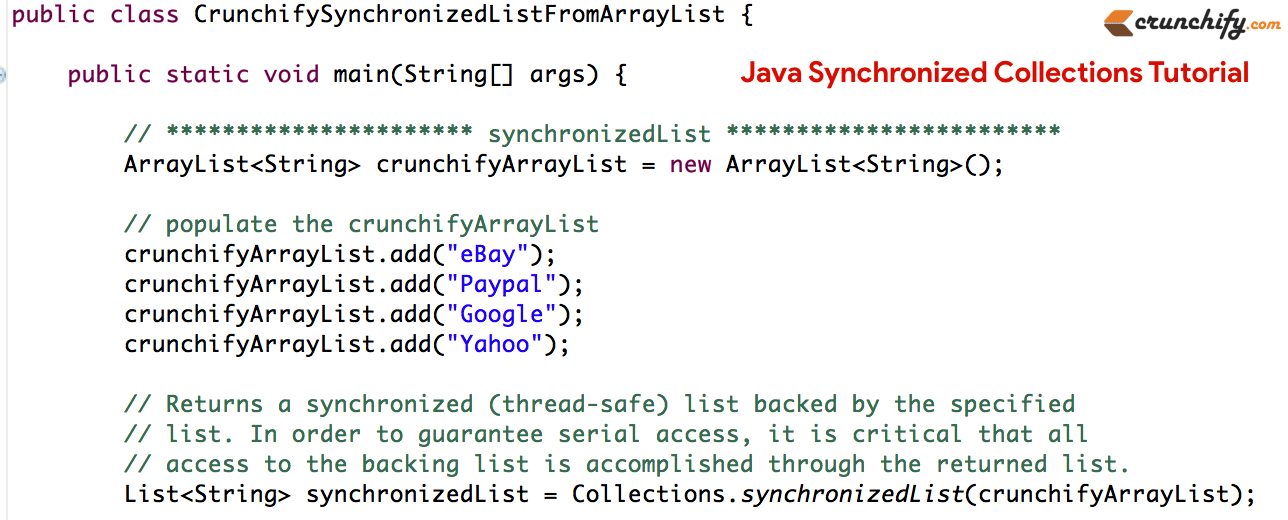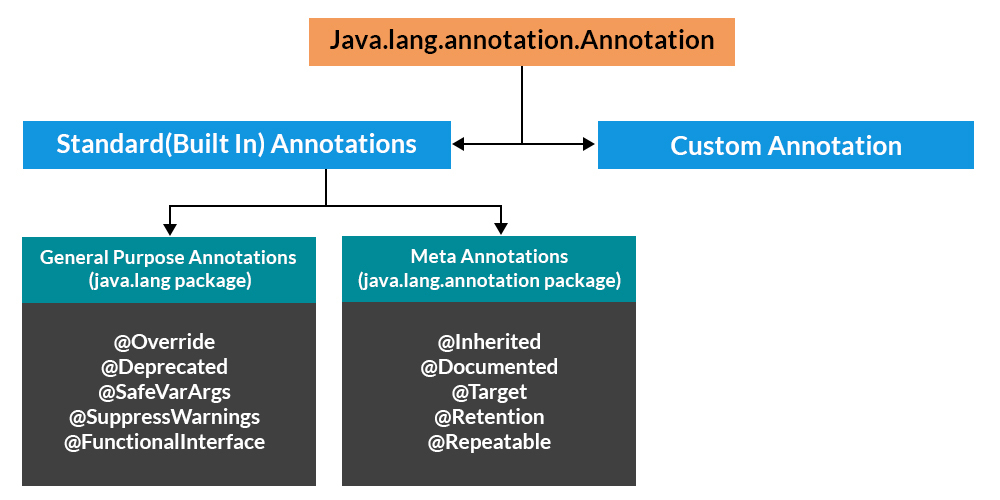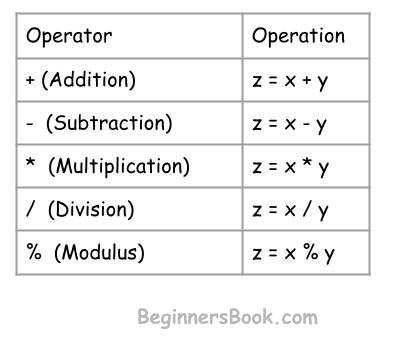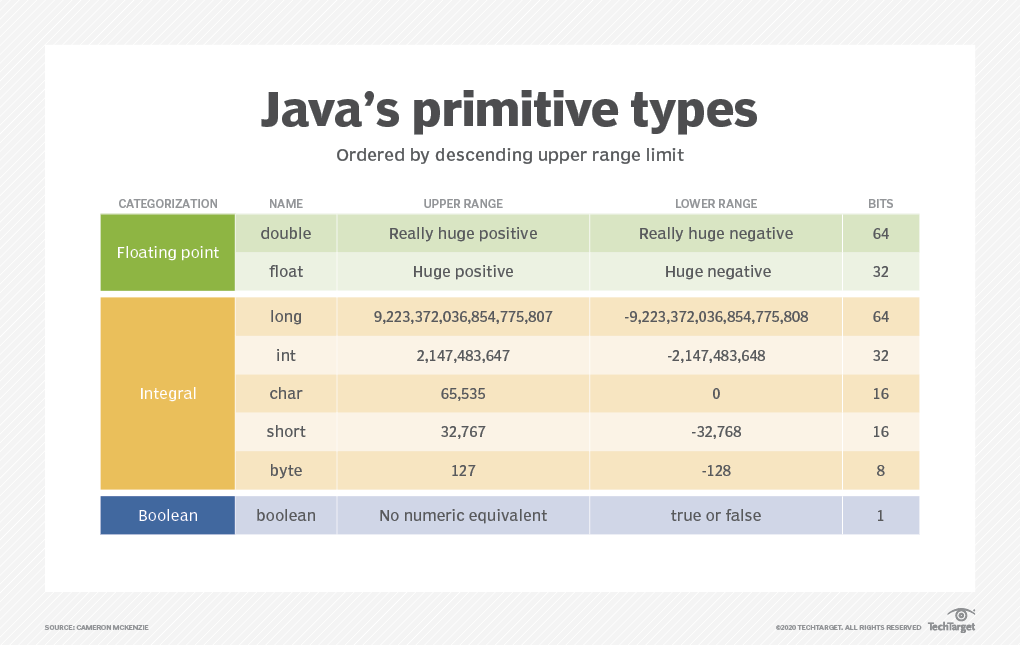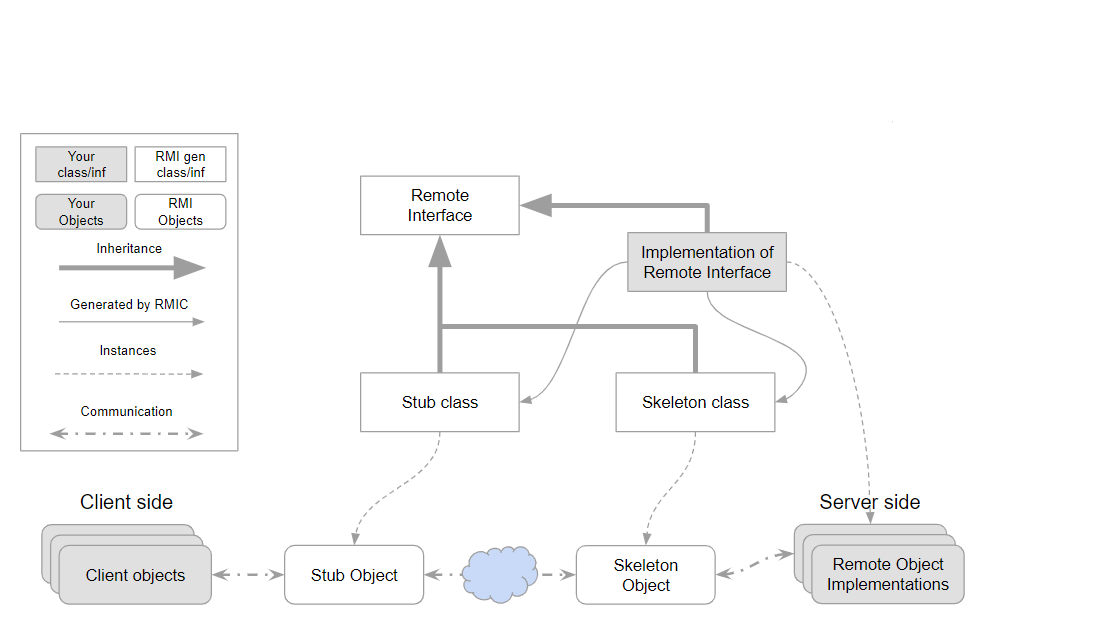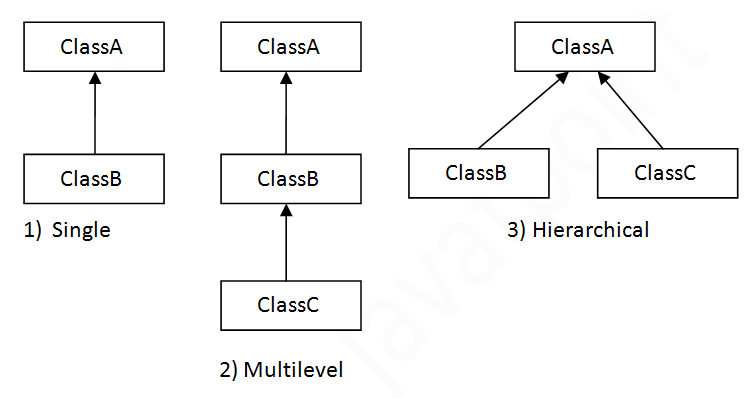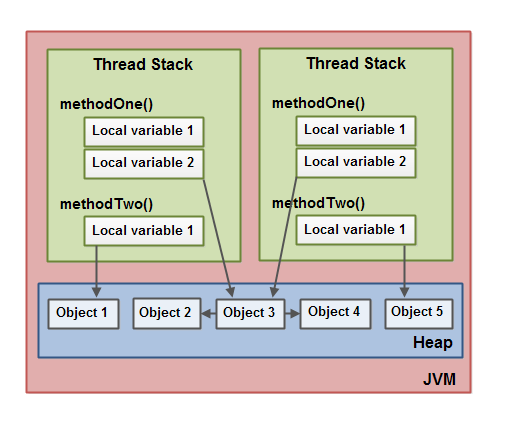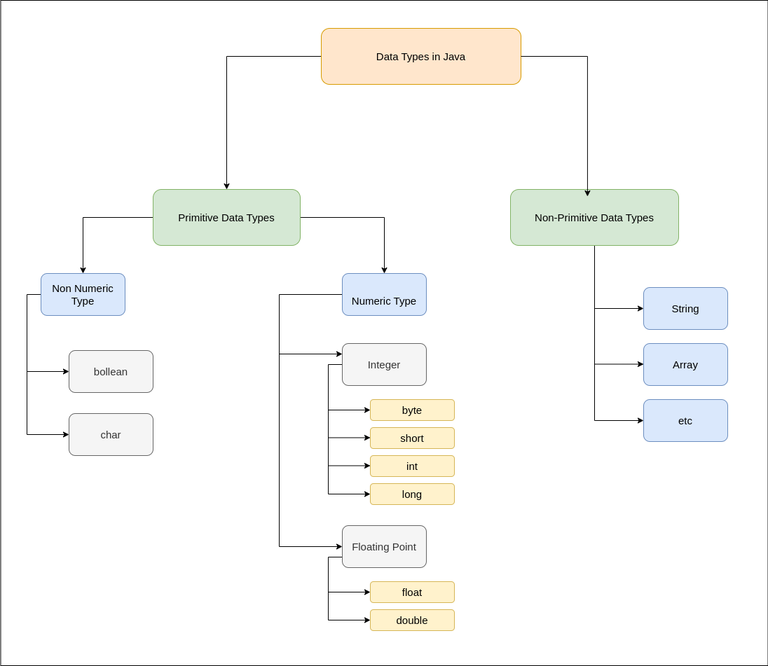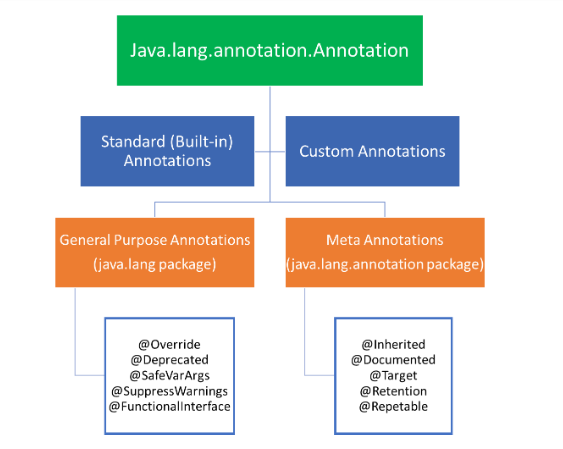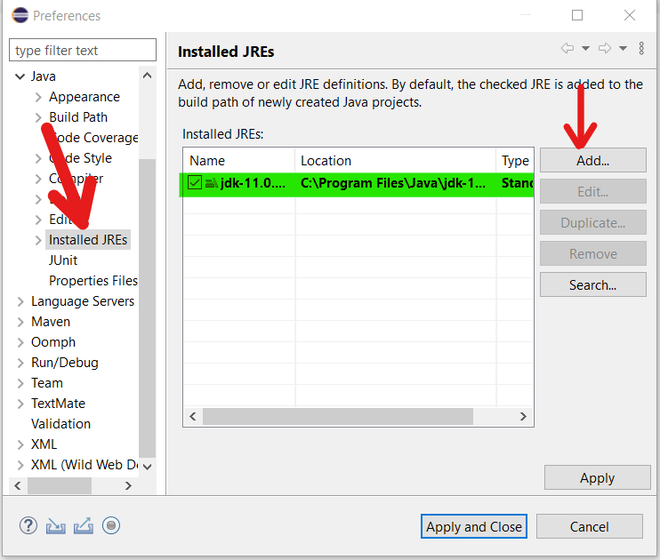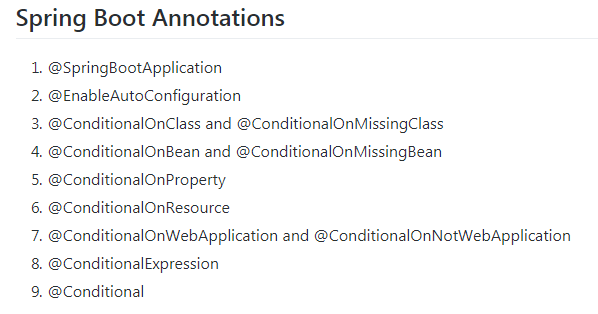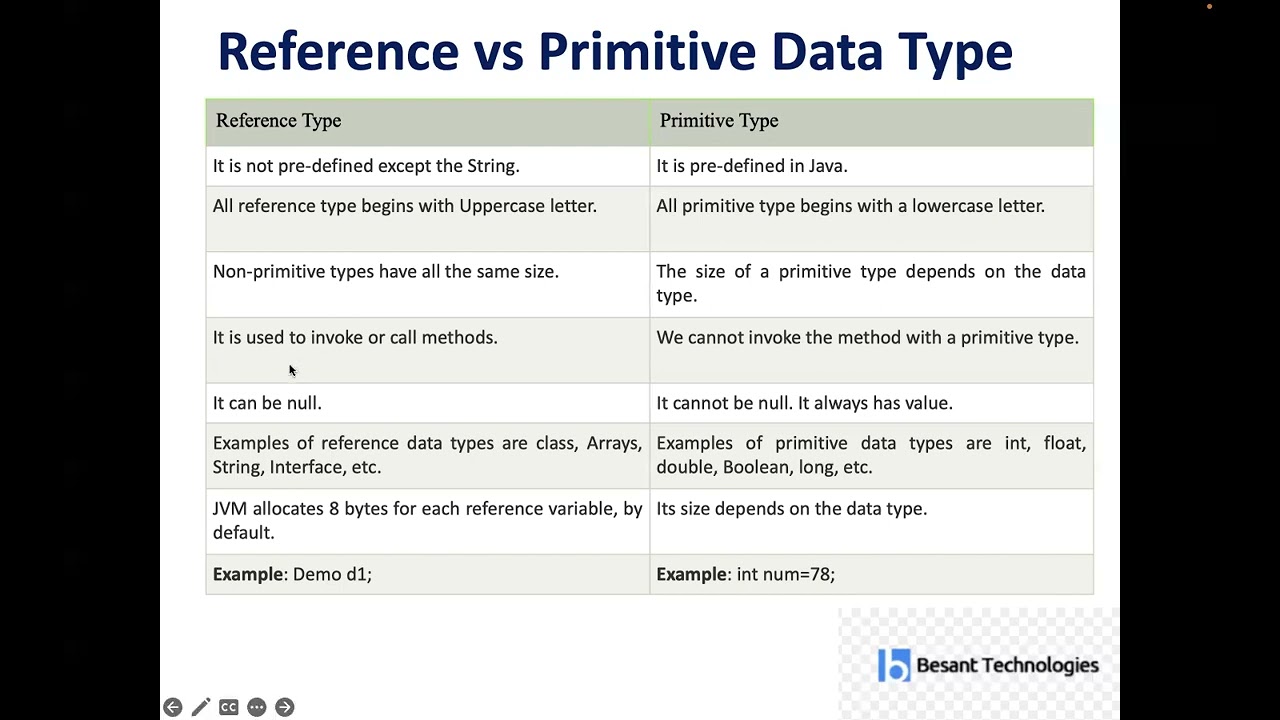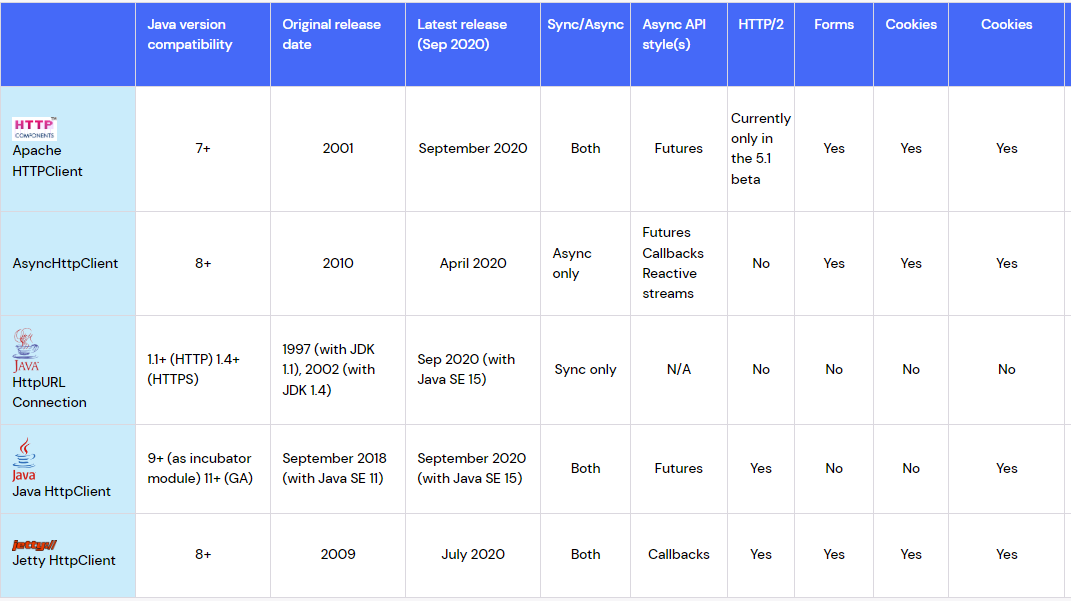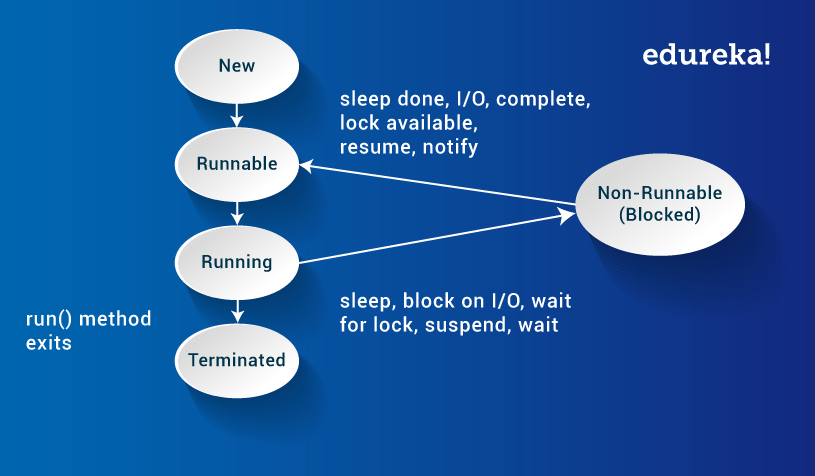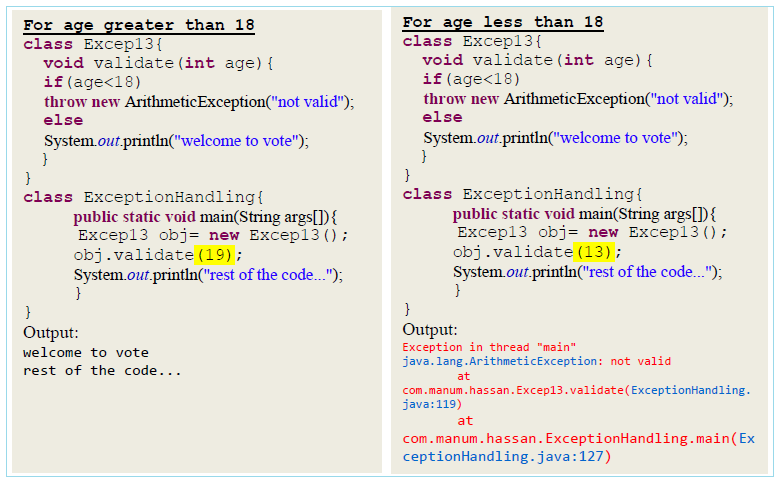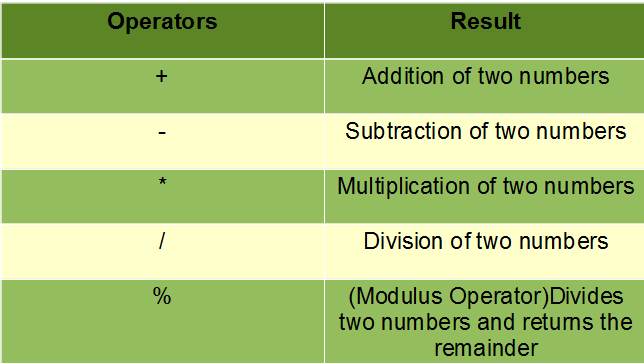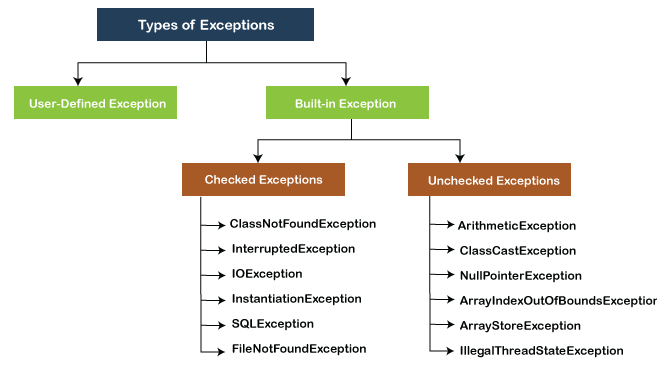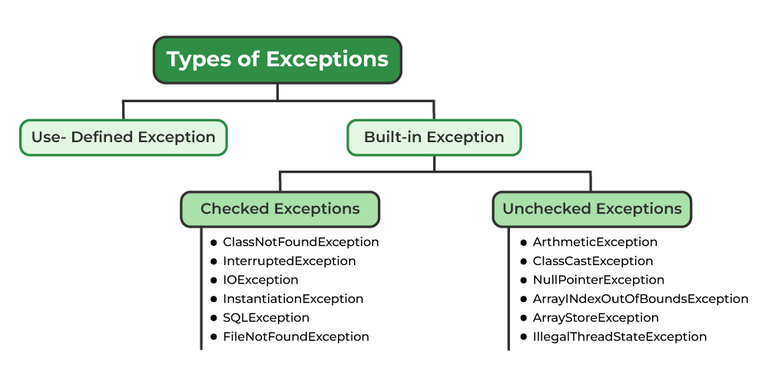Concurrency in Java example
Concurrency in Java example

Concurrency! A fascinating topic in the realm of programming.
In Java, concurrency is achieved through the use of multiple threads that can execute concurrently. This allows your program to perform multiple tasks simultaneously, improving overall performance and responsiveness.
Here's a simple example of concurrency in Java:
import java.util.concurrent.*;
public class ConcurrencyExample {
public static void main(String[] args) throws InterruptedException, ExecutionException {
// Create an ExecutorService with 5 threads
ExecutorService executor = Executors.newFixedThreadPool(5);
// Define tasks to be executed concurrently
Callable task1 = () -> {
Thread.sleep(2000); // Simulate some work
return "Task 1 completed";
};
Callable task2 = () -> {
Thread.sleep(3000); // Simulate some other work
return "Task 2 completed";
};
Callable task3 = () -> {
Thread.sleep(1000); // Simulate some more work
return "Task 3 completed";
};
// Submit tasks to the executor and get a Future for each
Future future1 = executor.submit(task1);
Future future2 = executor.submit(task2);
Future future3 = executor.submit(task3);
// Wait for all tasks to complete
String result1 = future1.get();
String result2 = future2.get();
String result3 = future3.get();
System.out.println(result1);
System.out.println(result2);
System.out.println(result3);
// Shutdown the executor when done
executor.shutdown();
}
}
In this example, we create an ExecutorService with 5 threads using the newFixedThreadPool method. We then define three tasks that will be executed concurrently: task1, task2, and task3.
Each task simulates some work by sleeping for a specified amount of time using the Thread.sleep method. When each task completes, it returns a string indicating its completion.
We submit these tasks to the executor using the submit method, which returns a Future object that represents the execution of the task. We can then use this Future to get the result of the task when it completes by calling the get method.
In our example, we wait for all three tasks to complete by calling future1.get(), future2.get(), and future3.get() in succession. Finally, we print out the results of each task.
When you run this program, you'll see that the tasks are executed concurrently, with each one taking its own amount of time to complete. This demonstrates how concurrency can be used to improve the performance and responsiveness of your Java programs.
Remember to always shut down your ExecutorService when you're done using it, as shown in the example above. This ensures that any remaining tasks are properly terminated and resources are released.
What is Java util concurrent?
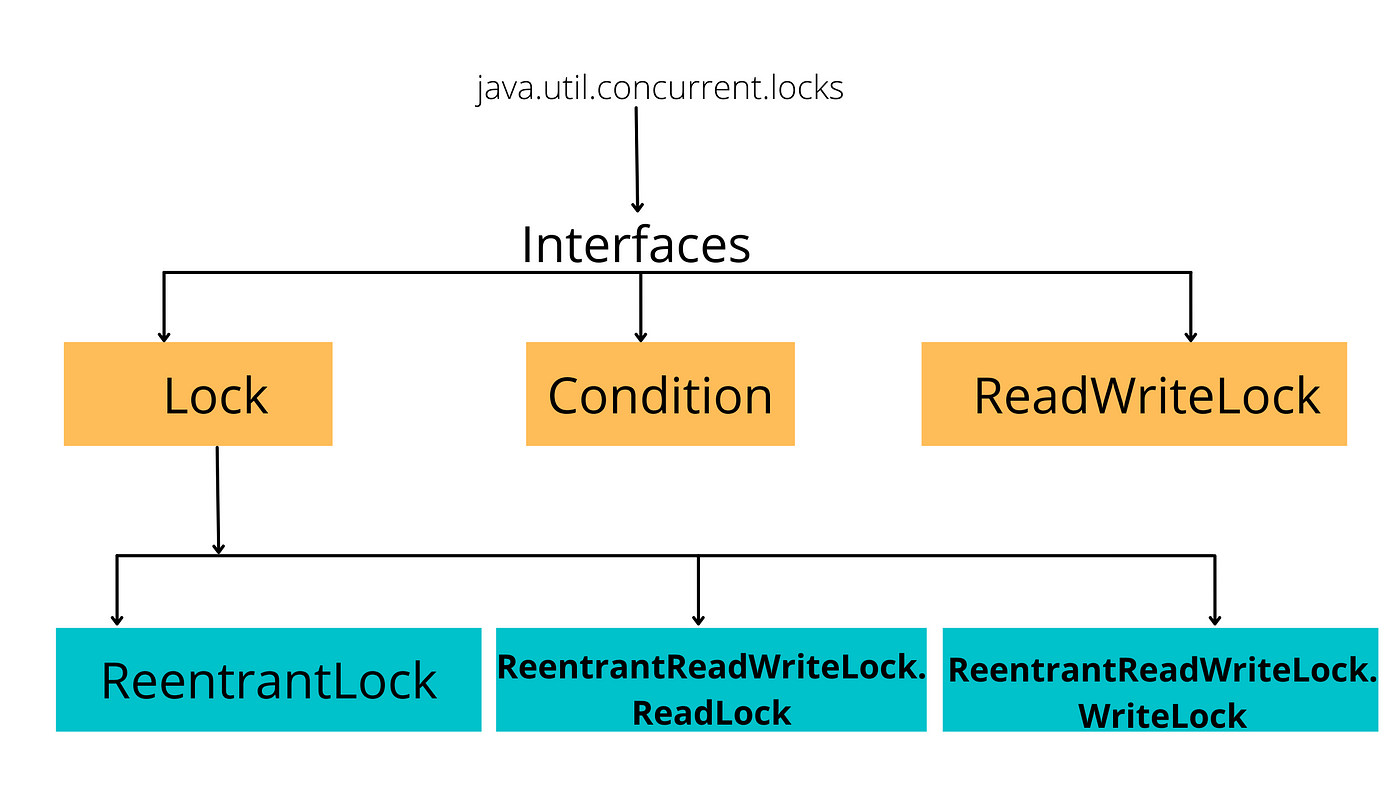
I'll respond in English this time.
Java Util Concurrency (JUC) is a set of APIs and libraries that are part of the Java Standard Edition (SE) and aim to improve the concurrency capabilities of Java applications. Concurrency refers to the ability of multiple threads or processes to execute simultaneously, improving the responsiveness and throughput of an application.
The JUC package was introduced in Java 5 (2004) as a response to the growing need for efficient and scalable multithreaded programming in Java. The primary goals of JUC are:
Simplify concurrent programming: Provide a set of APIs that simplify the development of concurrent applications by abstracting away low-level thread management details. Improve performance: Offer optimized implementations for common concurrency patterns, such as producer-consumer and thread pools, to minimize overheads and improve performance. Enhance scalability: Allow developers to easily scale their applications by adding more threads or processes, which improves responsiveness and throughput.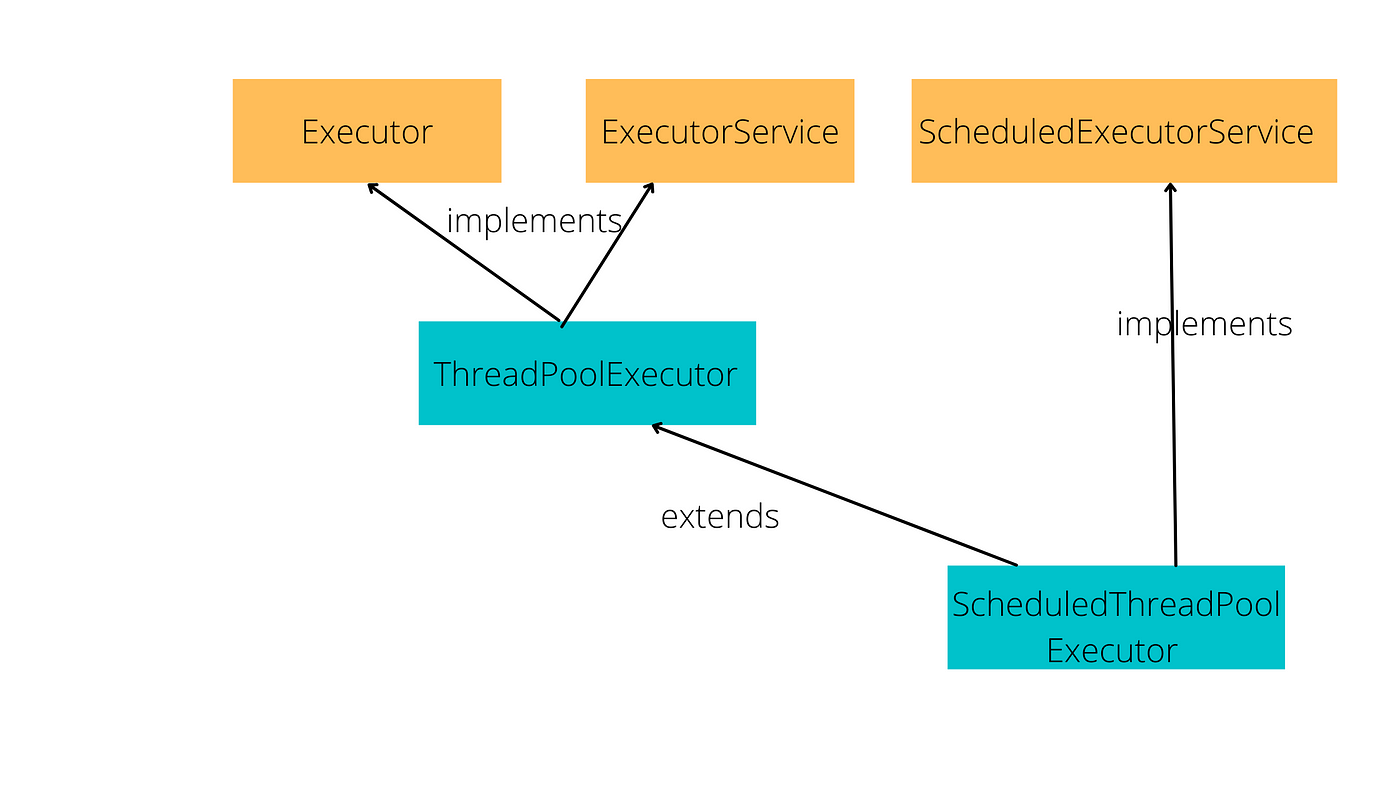
Some of the key features and classes in JUC include:
Executors: A framework for managing thread pools, allowing developers to execute tasks concurrently without worrying about low-level thread management. Futures: Represent a computation that may not have completed yet, providing a way to asynchronously execute tasks and retrieve their results. Concurrent collections: A set of classes that provide concurrent implementations of popular data structures, such as queues, sets, and maps. Synchronizers: Classes that provide various forms of thread synchronization, including locks, semaphores, and barriers. Thread-local variables: Allow developers to store and retrieve values associated with each thread, which is useful for caching or storing per-thread state.JUC has many benefits, such as:
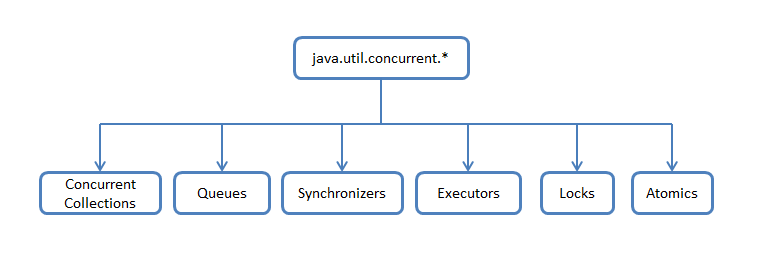
In summary, Java Util Concurrency (JUC) is a set of APIs and libraries that aim to improve concurrency capabilities in Java by simplifying concurrent programming, improving performance, and enhancing scalability. By providing high-level abstractions for managing threads, tasks, and data structures, JUC enables developers to write more efficient, responsive, and scalable applications.
